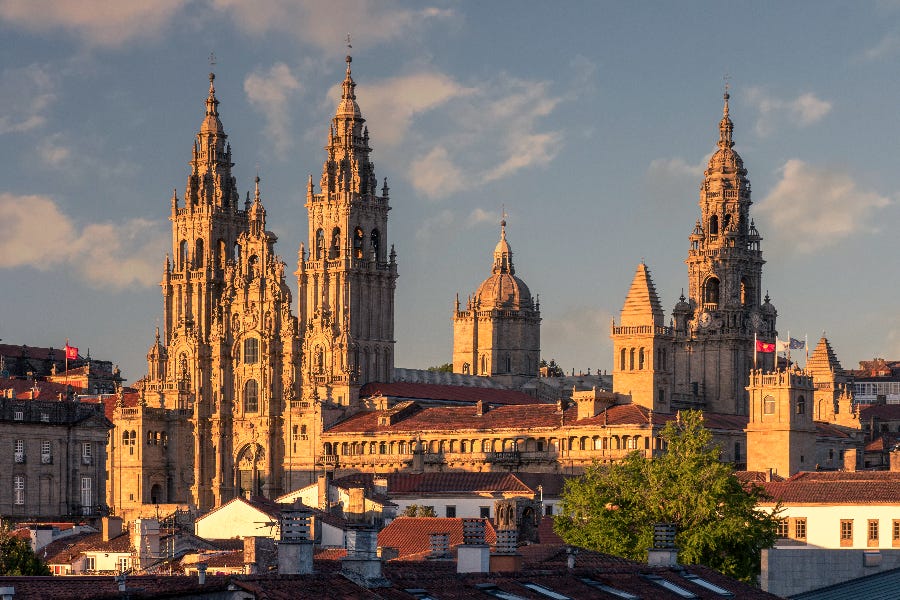Camino sets new record as pilgrimages bounce back
After Spain, the U.S. sent the most pilgrims to Santiago de Compostela in 2023.
The number of people making a pilgrimage to Santiago de Compostela, in northwestern Spain, reached a new high in 2023, according to the local pilgrims’ office.

The office, which is run by Santiago de Compostela Cathedral, announced that it recorded 44…
